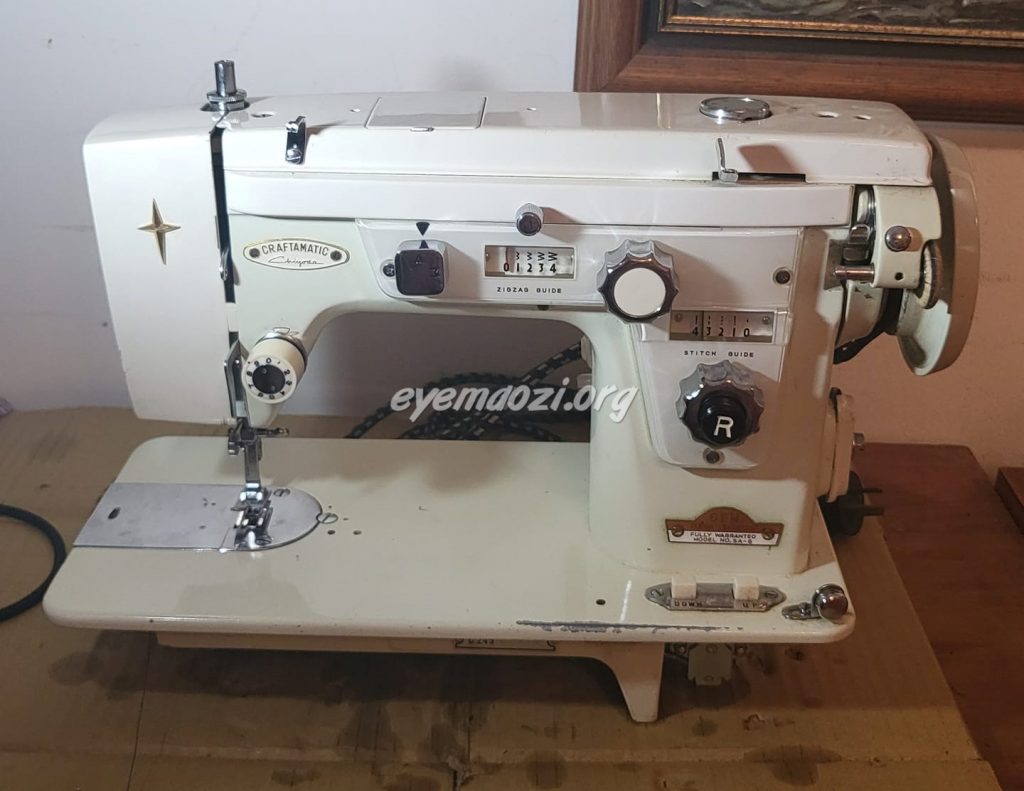These are the CFM (Currie Furniture Manufacturing) Pinnocks I have laid my hands on, they may or may not still be in my collection. I see many Pinnocks advertised locally and I am always surprised by the variety out there. I no longer collect CFM Pinnocks for my collection.
The CFM Pinnocks are from the late 60s and early 70s, they range in quality from all metal machines to machines with plenty of plastic or vinyl gears. It appears that CFM imported many machines from many different countries.
Pinnock Typewriters
Another piece of the puzzle from the Typewriter webpage oz.Typewriter: Typewriter Update (oztypewriter.blogspot.com)
This is copied from that blog, incase in the future I cant find it again.
Pinnock brand name

Bill Pinnock, last owner of Pinnock ManufacturingFor those Australians who own Pinnock (Nakajima) typewriters (aka Pinnock-Craftamatics) sold by Currie Furniture Manufacturing (CFM) in Sunshine, Victoria, the following might be of some interest, in regards to the history of the brand name:

Pinnock’s factory in Elzabeth, South Australia, in 1960The Pinnock Sewing Machine Company was founded by John Alfred Pinnock (born Paddington, Sydney, 1869) in 1891, and initially operated out of the Queen Victoria Markets Building in Sydney. In the 1920s the business moved to a building down the road in Druitt Street. Pinnock died in Randwick, Sydney, in 1942 and the business was taken over by his second son, Clarence Tunbridge Pinnock (born Orange, New South Wales, 1895). The eldest son, William Arthur Pinnock, had been killed in action in World War I, at Mouquet Farm (Pozieres) in August 1916. After World War II, production of Pinnock sewing machines was sited at the Lithgow Small Arms Factory. On Clarrie’s death in 1955 the company was sold, but his son, also William Arthur Pinnock (born Mosman, Sydney, 1925), stayed on as a director. With financial incentives from the South Australian Government through its Housing Trust, in 1957 the business was moved to a factory in the then newly established industrial city of Elizabeth in South Australia. It was the city’s first plant, preceding General Motors Holden, and employed 50 workers. Apart from sewing machines, it made vacuum cleaners, floor polishers, oil space heaters and lawn mowers.

The Elizabeth industrial siteIt never made typewriters. The factory closed in 1967. The company’s lion trademark, first registered in 1935, was re-registered by CFM in 1968 and again in 1977. CFM imported all of its typewriters, fully assembled, from Japan.
From another issue of the blog at oz.Typewriter: What Comes Around Goes Around: Typewriters Return to CFM (oztypewriter.blogspot.com)
CFM, which at one time was headquartered in Sunshine in Victoria, stands for Currie Furniture Manufacturing.
It is the very same company which in the 1970s imported tens of thousands of fully assembled Nakajima portable typewriters (as well as sewing machines) and sold them in Australia under a variety of model names.
The most common names to be found today are Craftamatic and Pinnock.
Pinnock was a trade name CFM Industries bought in the late 1960s. It had been a South Australian sewing machine manufacturer in the mid-1930s, and even though the company was no longer around, CFM wisely recognised there was enduring goodwill attached to the brand name from which CFM could benefit.

As with CFM portable typewriters, today people collect and use Pinnock sewing machines in the mistaken belief they are Australian made. (What are worth collecting are the original Australian-made Pinnock machines, which are still around). But like the typewriters, the later Pinnock sewing machines are no more than rebranded Japanese machines. CFM went to extraordinary lengths to disguise that fact.
I would like to comment on this final part of this persons typewriter blog. That even though they may not be original Australian Pinnocks, the mid century Japanese machines are indeed worth collecting, because that is what I collect.



My mother has lost the little wire that holds the thread in place when sewing. It’s near the needle. Please help!
I am guessing that you mean the thread guide that is just above the needle?
Depending on which machine it is, make/model etc., will determine what you can do or if you are able to find the same part or an alternative part.
If you are in Australia, I would suggest you join the https://www.facebook.com/groups/258044077880661 Vintage Sewing Machines Australia and New Zealand group on Facebook, post a picture of the machine and the show the part that is missing (or the area it came from). There are plenty of sewing machine specialists on that group and I am sure someone will either have a part for you or know where to get one.
Cheers Patricia
Hello I have a CFM Pinnock-1 overlock machine and I would like some help to service /repair/ training on how to use this machine
Can you help
Regards
Mario
Hi Mario, It will largely depend on where you are located. You may want to join the Vintage Baby Lock/Juki Sergers & Variants overlock group as a place to start. https://www.facebook.com/groups/760861027876140 . If you are in Melbourne I can recommend Mike and the Mechanicals, 392, Burwood rd, Hawthorn, Melbourne, Australia.